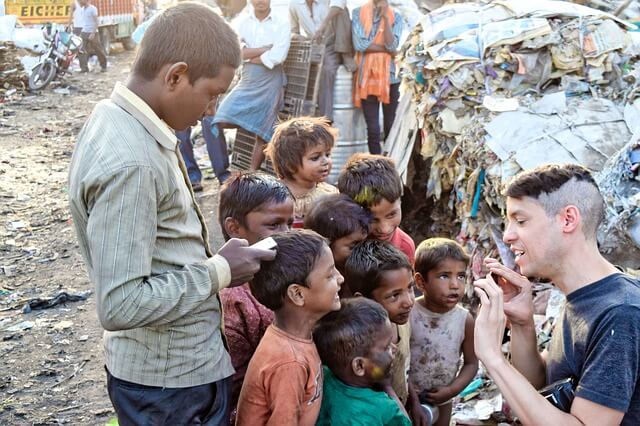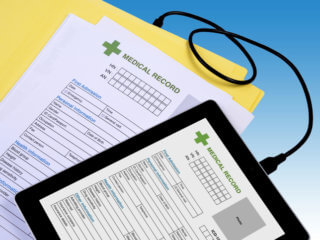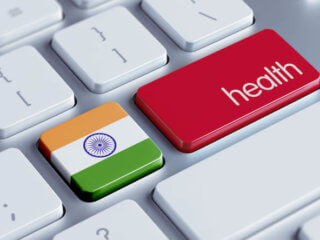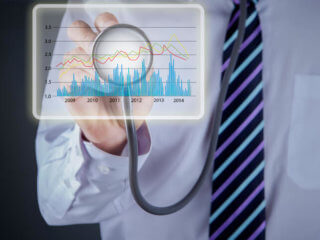Can healthcare technologies help the poor and how?
The clutches of poverty are so cruel that they punish billions of people for those crimes which they have never committed. World Bank gives authentic and updated statistics about the world poverty indicators. Forgotten billion are those who have been living in the most precarious life from ages and their daily income cannot win them even their basic necessities. The definition of the poverty line was redevised in 2015 and now, people who live with less than 1.90 International Dollar per day are considered to be afflicted by the extreme level of poverty.
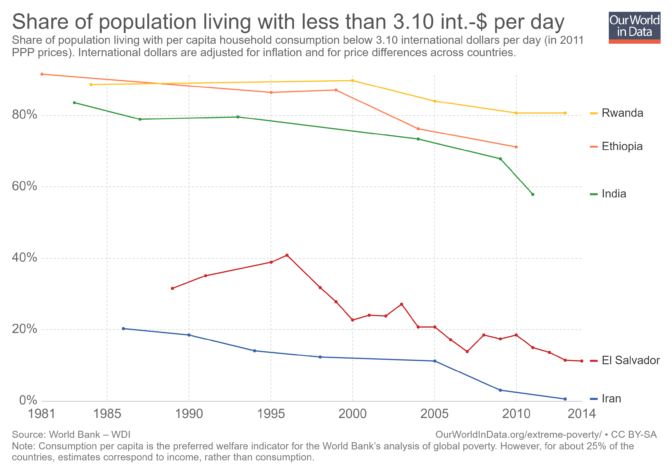
Image courtesy of Our World in Data
Above graphs show the number of people who are living in less than 3.10 int. $ a day. The slops indicate the fact that the number of people living at this level has been decreasing at a slow pace. There is an abrupt improvement in India from 2010 to 2014 but Rwanda shoes almost straight line in this period.
World distribution of poverty
While coming to the list of top 5 poorest countries of the world in 2018 then the Central African Republic comes at the first place with $636 per capita income followed by The Democratic Republic of Congo with per capita $753, Malawi with $819, Liberia with per capita 934 and Burundi is the 5th poorest country of the world with per capita $951.
There are innumerable diseases which affect “Forgotten Billions” but Tuberculosis, Malaria and HIV/AIDS are among the major ailments and cost 18% of the disease load on the low-income people.
The people who cannot afford their bread and butter for two times a day can never have even only a few bucks to spend on their physical health. The improper distribution of healthcare amnesties between public and private sector is also among the topmost causes of the spread of diseases among poor countries. Inaccessibility to the hospice facilities and unhygienic food fuels the situation further.
Which healthcare technologies can improve their healthcare?
There are a lot of digital healthcare technologies which can provide them with a better living style with an enjoyable health condition.
The growing culture of telemedicine can provide them access to basic health facilities and public sector can play a vital role in this regard.
Market size of telemedicine is increasing with the every passing year and it has been expected that it will reach $40 until 2021 while in India its volume was $450 million in 2016. India is a developing country and the statistics show that the trend of telemedicine is considerably high there.
Gamification can work to increase the knowledge of people about medical education. The public can be said to play different games and understand the internal physiology with fun. Digital Therapeutic can provide cost-effective solutions to a wide array of chronic diseases as they produce a clinical effect on the ailments. Latest mobile phone technology can help the mothers to keep a track on the fetal development.
This idea worked in Ghana and pregnant women got continuous assistance about the complications and superstitions linked to pregnancy.
The use of mobile phones has been increasing with every passing day. There are 52% users of cell phones who collect medical information from their phones and most of them are those who have no access to the specialists. 44% of doctors are using cell phones to stay in contact with their distant staff.
Hearing and vision impairment sensor technology for the newborn has also been listed among some of the affordable digital technology solutions.
Oxford Centre for Healthcare technology is also working to provide advanced solutions for medical healthcare in the low-income areas.
Some of their solutions are mCuff (low-cost connected device to measure the blood pressure), PulseOx (an automated technique for pediatric patients in backward countries), connected (Medical consultation solution for South Africa), H2Ox (Solar powered water purification system for rural India) etc.
How does health insurance affect the poor?
Health insurance is a complicated subject for the masses of poor countries at the first place and then they don’t have enough capital to purchase any health insurance policy. Health insurance policies increase the trend of going to hospitals in developed countries because people are not liable to do the full payments while this scenario is different in the developing countries.
Financially speaking, it is not that much attractive for the people as they will not be ready to pay for those health emergencies which can either happen or not.
Health insurance policies powered by the public sector can do wonders for the improvement of poverty-stricken communities.
Health insurance startups can take the physical fitness of the poor masses to the next level. Although everyone cannot afford it yet the businessmen and employers can help their employees to have a medical cover. On the other hand, people can purchase affordable insurance options so that they can have access to the quality medications. A few startups like Flatiron Health, Freenome, Clover Health and LiveHealth are doing a commendable job in the diagnostic process of diseases, the collection of data, keeping an eye on patient’s history, regular testing services and providing timely clinic amenities.
Health insurance startups subsidies the ambulance emergency services, provision of medicines, hospitalized patients, out-door patient care, lab tests and medical equipment which are necessary for a patient.
These startups present preventive and diagnostic programs for cancer, heart diseases, pregnancy, lung diseases, drug addiction and in the vaccination process of patients.
The current state of implementation of these technologies
Developed countries can enjoy the latest technologies but developing and underdeveloped countries have to strive a lot to make advancements in this regard. In the first world countries, these digital health technologies are available while in the underdeveloped states only a fraction of the population is enjoying these services. Africa and Asia are the continents which want a lot more to be done for the advancement of latest technical healthcare facilities in the countries.
Although the countries of Sub-Saharan Africa is working on the implementation of eHealth programs among the poor communities, yet their restricted resources don’t allow them to implement a sophisticated solution system in the health sector.
Latest technical services like social media, telecommunication, video conferencing and texting can improve the link between doctor and patient but this will again want a lot of capital for making poor masses accessible to these services and people have not that much access to the digital technologies.
Governments, NGOs and charity funds can provide subsidized internet and smartphones to make a big difference in these areas.
They can follow the footsteps of America where people of Columbia and Puerto got free cell phones.
Prognosis for forgotten billion for next 20 years
There are a lot of health challenges which the people of poor countries face in this developed world. Neglected diseases like Malaria, Intestinal Parasite, Tuberculosis, AIDS, Diarrhea, Lung Cancer, Heart diseases are further aggravating the situation.
According to some estimates, in 2016, about 1 million people died of HIV and this figure is 35 million since the discovery of this epidemic. There is no proper infrastructure for required medical facilities and these people are living in the last century when it comes to technology and advancement in the field of medicine. Defected set-up work as a breeding ground for diseases and people are a perpetual target for the disease-causing germs.
Although digital technologies are helping in the diagnostic process of their diseases, in the learning process of preventive measures and in the delivery treatment facilities to the overlooked people a lot is to be done to actually make a positive impact in their lives.
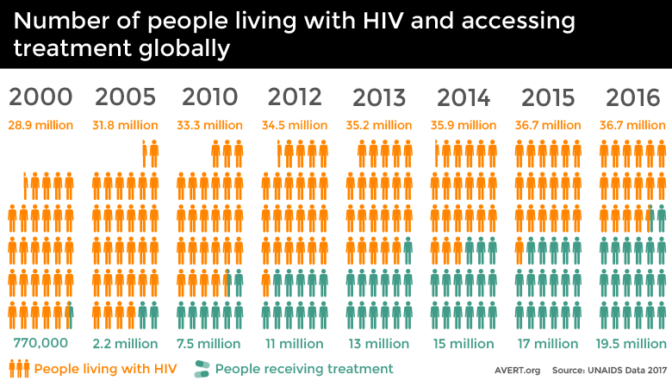
Image courtesy of Avert
It safe to stay optimistic about the delivery of medical facilities in future; as the advent of more sophisticated and cheap technologies can turn the things around. Technological advancement in the field of medicine and funding of healthcare startups in the poor countries can work to change the fate of “Forgotten Billion”.
Image credit: www.pixabay.com

